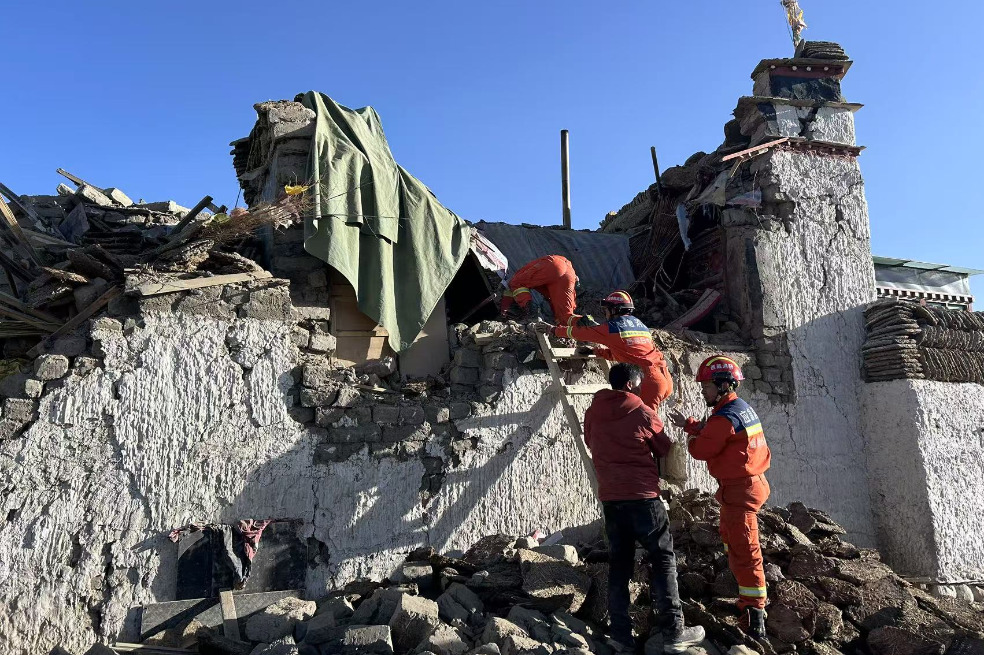Going back to the roots
Foundations of Chinese civilization come into greater focus as exhibition examines key themes, report Li Yingxue and Wu Yong in Shenyang.
By Li Yingxue and Wu Yong in Shenyang | China Daily | Updated: 2024-07-08 05:58

As early Chinese civilization evolved, intricate spiritual beliefs developed, with animals often venerated as totems. Among these, the reverence for dragons and phoenixes stands out as one of the earliest and most central, he adds.
"Dragons and phoenixes, symbols of beauty, fortune and prosperity in ancient Chinese mythology are also the shared spiritual icons and cultural symbols of China. The Liaohe River Basin, where this pendant originated, is recognized as one of the birthplaces of dragon and phoenix imagery and beliefs," Wang says.
The exhibition, which had been in planning since March, brings together artifacts from a range of sources, primarily from cultural and archaeological institutions in Liaoning and Zhejiang provinces. Following extensive coordination, 266 artifacts have been chosen for display.
"We've gathered objects from the storage room at our archaeology institute, including several that haven't been displayed before, like the stone bearings from the Chahai Culture," Wang says. "They mark a milestone in productivity, and provide tangible evidence of early mechanical technology."
Huang Li, deputy director of the Liangzhu Museum, emphasizes the importance of the exhibition. "It presents the latest research on Liangzhu and Hongshan cultures from a variety of perspectives, demonstrating the diversity of Chinese civilization and highlighting significant achievements," she adds.
In addition to the exquisite artifacts on display, the exhibition incorporates cutting-edge digital exhibits. For instance, it uses holographic projections to illustrate the concept of the symbiosis between heaven, earth and humanity for both cultures.
Spanning 1,200 square meters, Wang says the exhibition hall requires about half a day for a thorough exploration. There are also volunteer guides to provide detailed explanations to visitors.
"Understanding prehistoric artifacts isn't as straightforward as with later historical periods. That's why we emphasize the importance of comprehensive interpretation," he says.
























